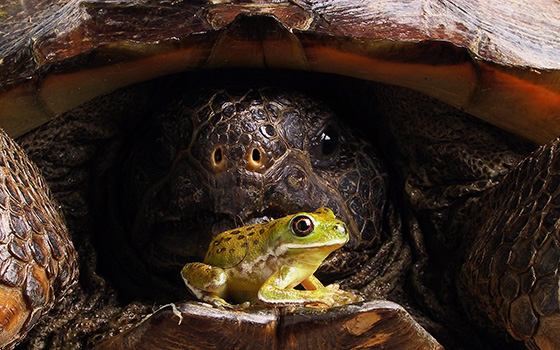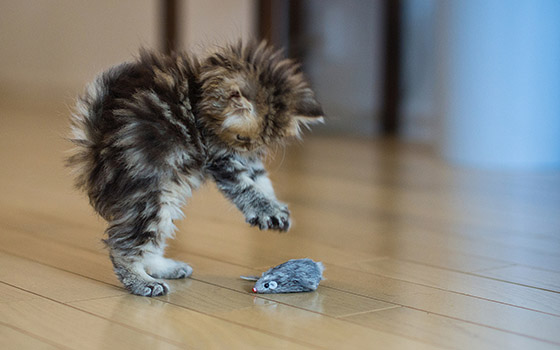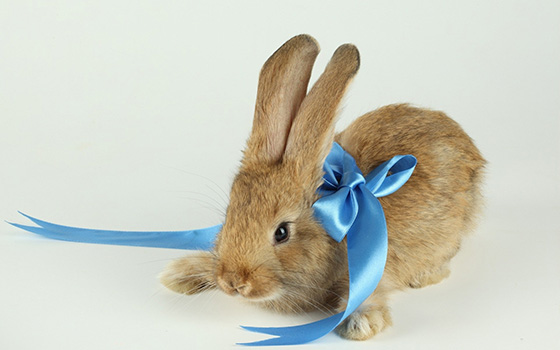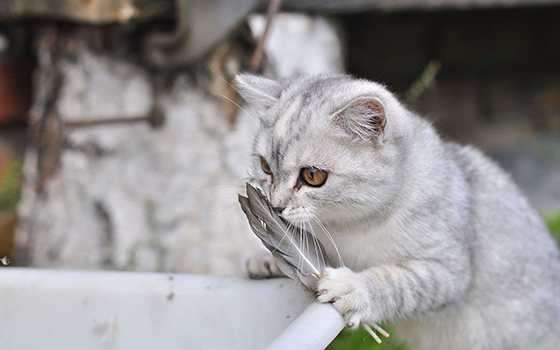Cosplay, an abbreviation of “gown play,” is both an art shape and a passion for many who immerse themselves inside the worlds of anime, comics, films, and video games. The pursuit of realism inside cosplay isn’t pretty much carrying a dressing up; it’s a meticulous method that involves deciding on the right substances and mastering unique techniques to convey a individual to life. know-how these elements can increase a cosplay from true to top notch.
substances play a crucial role in reaching a powerful and cosplay. the selection of fabric, foam, plastic, or resin can significantly influence the very last result. for example, light-weight and flowy fabric like silk and chiffon are ideal for growing elegant, billowing outfits harking back to fable characters. alternatively, sturdy substances along with Worbla (a famous crafting cloth recognized for its thermoforming residences) are best for building armored costumes or distinct props that require sturdiness and precision.
strategies are equally crucial in the adventure towards sensible cosplay. one of the foundational competencies every cosplayer ought to learn is sewing. Mastery of stitching allows for custom fits and elaborate designs that pre-made garments can’t offer. stitching also enables cosplayers to experiment with layers and textures, adding depth and realism to their apparel.

some other important method is prop-making, which frequently entails sculpting and casting. using substances like clay or foam, cosplayers can create 3-dimensional portions that upload authenticity to their characters. Casting, in which liquid resins or epoxies are poured into molds, allows replicate best info and textures that would be not possible to achieve with conventional carving strategies.
painting is but another essential thing of practical cosplay. Acrylic paints are commonly used because they dry speedy and adhere well to diverse surfaces, which includes fabric and plastics. Airbrushing, especially, lets in for clean gradients and diffused shading which can make a fancy dress look professionally completed. moreover, weathering strategies—inclusive of strategically making use of dirt, rust, or scratches—can add an air of weariness or war-hardiness to a fancy dress, enhancing its standard authenticity.
Armor-making is another superior technique that includes running with metals, thermoplastics, or maybe vacuum-fashioned sheets to create hardened body pieces. This method calls for an expertise of both sculpting and mechanical meeting to make sure the armor is both visually appealing and functionally at ease. Many cosplayers use EVA foam because of its light-weight nature and simplicity of manipulation, which makes it suitable for complicated designs.

ultimately, the art of make-up cannot be neglected in achieving a practical cosplay. special effects make-up, along with prosthetics, scars, and pretend tattoos, can remodel a performer into their person more convincingly than mere dress pieces alone. merchandise like spirit gum for adhering latex prosthetics and putting powders to lock in makeup are critical equipment in a cosplayer’s toolkit.
In end, the science of cosplay blends creative artistry with a deep know-how of materials and techniques. whether or not via sewing, sculpting, portray, or makeup utility, each element plays a extensive function in bringing a individual to existence. by honing those talents and choosing the proper substances, cosplayers can reap a stage of realism that captivates audiences and brings their favorite fictional personas into the real global.
















